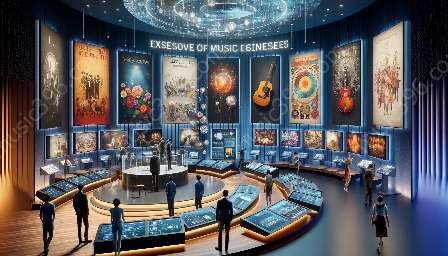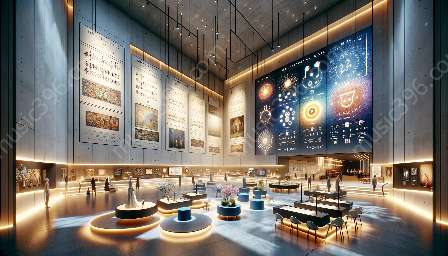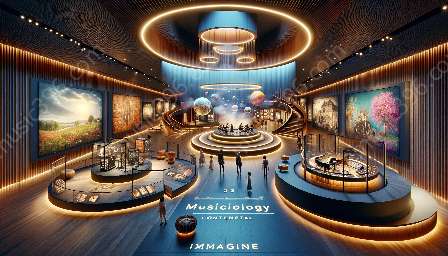Music and dance have been intrinsically linked since ancient times, reflecting cultural, social, and artistic expressions. This intersection is a rich field of study that encompasses the influences, history, and impact of music on dance and movement. In critical musicology and musicology, this intersection provides an opportunity to explore the multifaceted relationship between music and movement, examining the symbiotic nature of these art forms.
Influences of Music on Dance and Movement
The relationship between music and dance is rooted in their shared ability to evoke emotions, convey narratives, and create sensorial experiences. Music serves as the rhythmic and melodic foundation upon which dance and movement are built. Different musical genres, such as classical, folk, jazz, and contemporary music, offer diverse rhythmic patterns, tempos, and tonalities that influence the choreographic choices, improvisation, and expressive movements of dancers.
Moreover, music provides a sonic landscape that inspires dancers to embody its nuances through physical interpretation. The dynamics, phrasing, and textures of music shape the tempo, dynamics, and spatial patterns of dance, allowing for a seamless fusion of auditory and kinesthetic elements.
Historical Interplay of Music and Dance
The historical interplay of music and dance reflects their interconnected evolution across different cultures and civilizations. In traditional societies, music and dance were integral components of rituals, ceremonies, and storytelling, serving as vessels for cultural transmission and preservation. Folk dances, for instance, are deeply intertwined with indigenous musical traditions, reflecting the customs, beliefs, and values of specific communities.
As societies developed, the symbiosis between music and dance expanded, leading to the emergence of formalized dance genres, such as ballet, contemporary dance, and world dance forms. These genres often have historical ties to specific musical compositions, with choreographers and composers collaborating to create cohesive works that integrate music and movement in harmonious ways.
The Impact of Music on Movement Aesthetics
Music profoundly influences movement aesthetics by shaping the physicality, expressiveness, and interpretation of dance. Choreographers and dancers draw inspiration from the emotional and thematic content of music, translating its sonic elements into corporeal gestures and spatial configurations. Subsequently, the choreographic vocabulary of a dance piece is imbued with the tonal qualities, narrative motifs, and structural motifs present in the music.
Furthermore, the synergistic relationship between music and movement enhances the emotive impact of dance performances, creating immersive experiences for audiences. Live music accompaniment, in particular, intensifies the kinetic resonance between music and dance, fostering dynamic interactions and improvisatory responses between musicians and dancers.
Examining Music and Movement through Critical Musicology and Musicology
In the realm of critical musicology and musicology, the study of music's intersection with dance and movement offers a platform for multifaceted analysis and interpretation. Critical musicology delves into the socio-political, cultural, and historical contexts that shape the production and reception of music and dance, unpacking the power dynamics, identity formations, and aesthetic ideologies at play.
Musicology, on the other hand, provides scholarly insights into the compositional, performative, and structural aspects of music, illuminating the intricate connections between musical compositions and choreographic practices. This interdisciplinary approach enriches the understanding of how music and movement coalesce to engender embodied expressions and artistic dialogues.
Conclusion
The intersection of music with dance and movement encapsulates a dynamic terrain that engenders an interplay of artistic, cultural, and theoretical dimensions. By situating this topic within critical musicology and musicology, scholars and practitioners can explore the intricate dynamics of music's influence on dance, the historical narratives shaping their interdependence, and the aesthetic principles governing their symbiotic relationship.



















